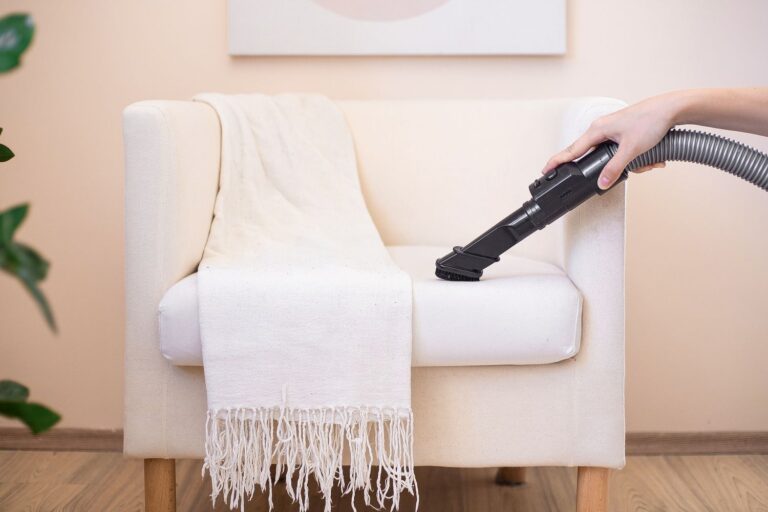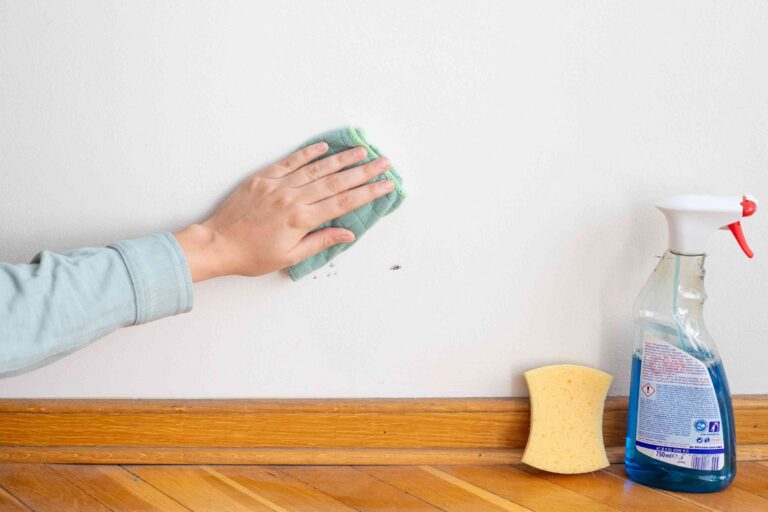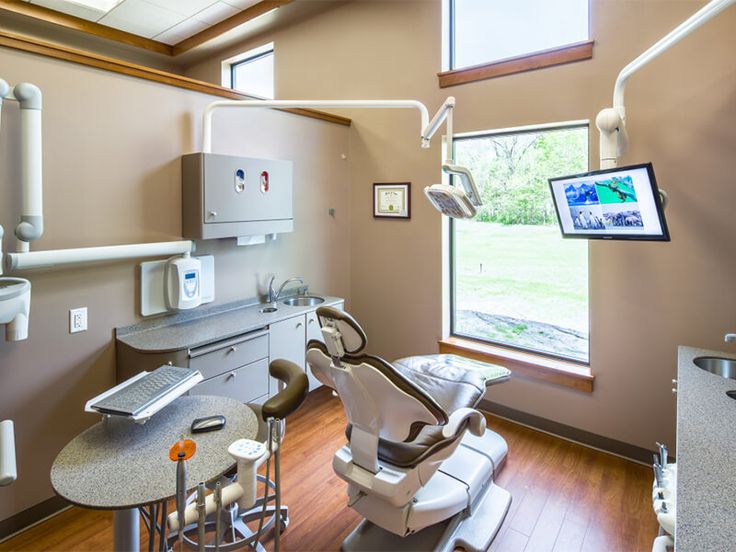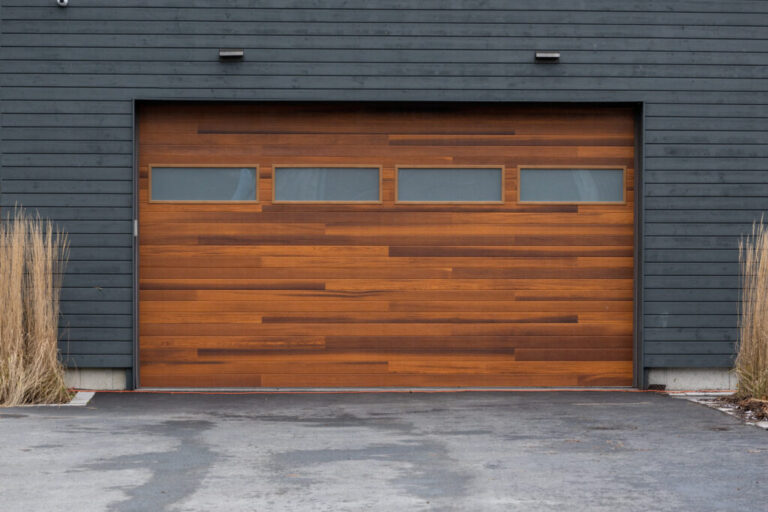Does Lemon And Baking Soda Clean Stainless Steel?
Stainless steel is a popular choice for kitchen appliances and other surfaces due to its durability and ease of maintenance. However, over time, stainless steel can become stained and discolored. Thankfully, there is a simple and cost-effective solution to cleaning stainless steel with two common household items: lemon and baking soda. This method is both natural and effective at removing dirt and grime from stainless steel surfaces.
What is Stainless Steel?
Stainless steel is a type of metal alloy that is composed primarily of iron and chromium, and sometimes other elements such as nickel, carbon, molybdenum, and manganese. It is a strong and durable material used in many applications, including kitchenware and home appliances. It is also used in industrial applications, such as for construction and automotive parts. While stainless steel is highly resistant to corrosion and rust, it can still benefit from regular cleaning and maintenance. This brings us to the question of whether lemon and baking soda can be effectively used for cleaning stainless steel. To answer this question, let’s take a closer look at the properties and composition of stainless steel, as well as the potential benefits of using these two ingredients for cleaning.
Benefits of Cleaning with Lemon and Baking Soda
Cleaning with lemon and baking soda is a natural and economical way to keep your stainless steel sparkling clean. This combination offers a range of benefits, which include being gentle on the environment, safe to use, and cost-effective. The combination of lemon and baking soda is an effective cleaning solution, as lemon is a natural disinfectant and baking soda is an abrasive that helps to scrub away dirt and grime. Additionally, lemon and baking soda together can help to remove tough stains and grease build-up, while also providing a pleasant scent.
Using this combination is also a great way to reduce the amount of harsh chemicals in your home, as the lemon and baking soda act as a natural alternative to harsh chemical-based cleaning products. Furthermore, this combination is safe to use on all types of stainless steel, as it won’t corrode or damage the material. In addition, it’s an easy and quick way to clean, as the ingredients are readily available and require minimal effort.
Overall, the combination of lemon and baking soda is an effective and natural way to clean stainless steel. Not only does it offer a number of benefits, such as being gentle on the environment, safe to use, and cost-effective, but it also helps to remove tough stains and grease build-up, leaving your stainless steel looking clean and smelling fresh.
Preparing Your Cleaning Solution
Cleaning stainless steel surfaces can be a tricky task. If you’re looking for a natural solution, lemon and baking soda offer an effective way to clean and disinfect your stainless steel surfaces. Preparing your cleaning solution with lemon and baking soda is easy and cost-effective. To make your cleaning solution, all you need is a few simple ingredients. Start by squeezing the juice of a lemon into a bowl. Next, add a teaspoon of baking soda to the lemon juice and stir until you get a thick paste. Once your paste is ready, apply it to the stainless steel surface and let it sit for a few minutes. After the paste has had a chance to sink in, use a damp cloth to wipe away the mixture. This simple cleaning solution will help to remove dirt, grime, and grease from your stainless steel surfaces. It’s an effective and affordable way to keep your stainless steel looking like new.
Applying the Lemon and Baking Soda
mixture on stainless steel is a common practice for many households.
Stainless steel is an extremely popular choice for household appliances and fixtures due to its durability and easy maintenance. However, many people are unaware of the fact that a simple mixture of lemon and baking soda can be used to effectively clean stainless steel surfaces. This combination of natural ingredients is an inexpensive and effective way to clean stainless steel surfaces while also providing a pleasant aroma.
The first step in using this method of cleaning is to mix the lemon juice and baking soda together in a bowl until it forms a paste-like consistency. This paste should then be applied to the stainless-steel surface and left to sit for a few minutes. After a few minutes, scrub the surface with a damp cloth or sponge. This will help loosen any dirt or grime and remove any residue from the paste. Finally, rinse the surface with warm water and dry it with a soft cloth.
It is important to note that this cleaning method should only be used on stainless steel surfaces that are not scratched or damaged. Additionally, harsher chemical-based cleaners are not recommended for stainless steel since they can cause permanent damage. With the right mixture of natural ingredients, however, stainless steel surfaces can be cleaned effectively and safely with lemon and baking soda.
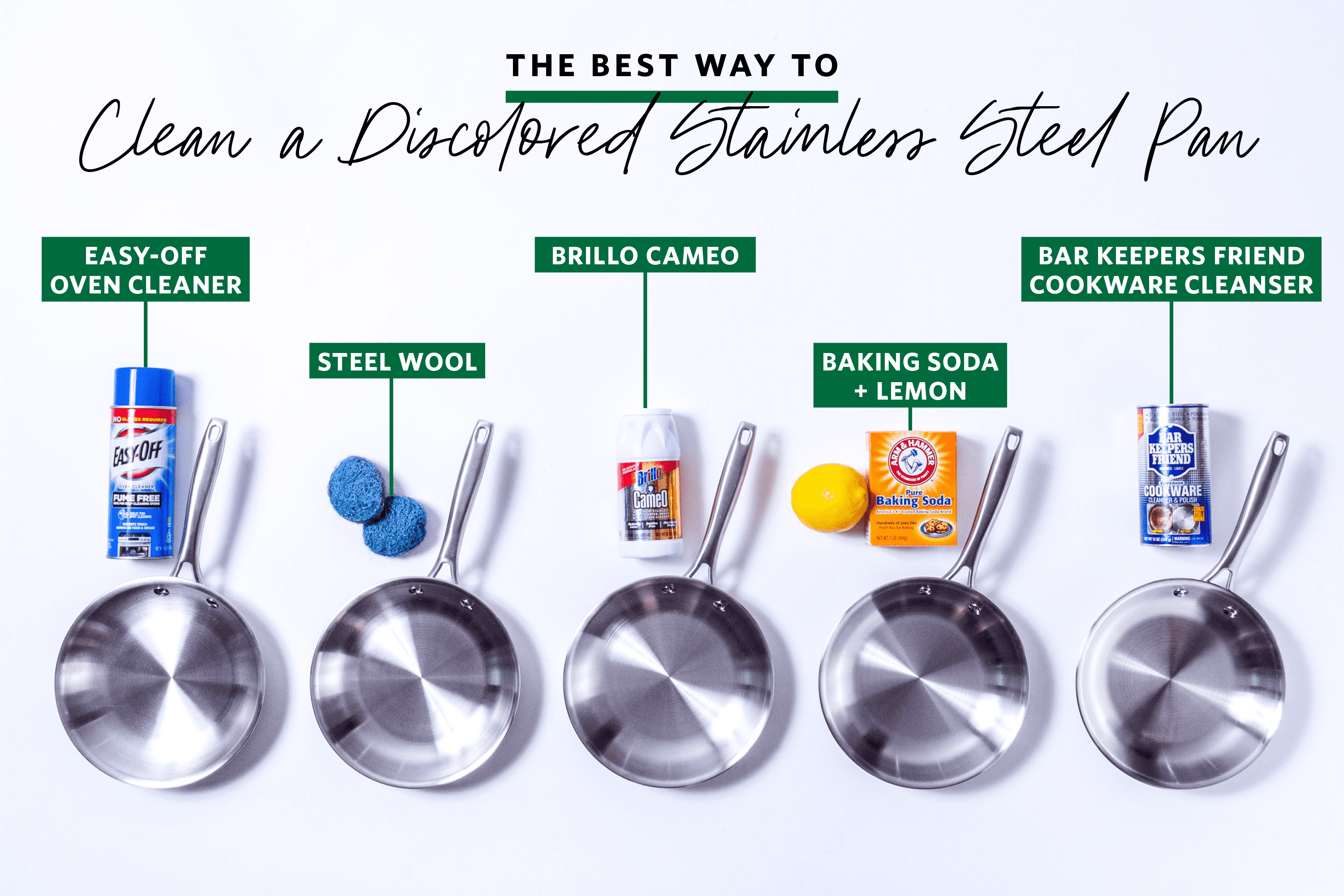
Cleaning Other Areas of Your Stainless Steel
Cleaning stainless steel can be a difficult task, especially when dealing with hard to reach areas. Fortunately, lemon and baking soda offer two simple ingredients that can help you tackle the toughest of stains. Beyond the kitchen, these two ingredients can work wonders on other stainless steel surfaces including bathroom fixtures, outdoor furniture, and even large appliances. With just a few simple steps, you can easily keep your stainless steel looking like new.
One of the most useful ways to clean stainless steel is to mix a solution of baking soda and lemon juice. The combination of these two ingredients creates an effective cleaning solution that can tackle even the most stubborn stains. Simply mix a tablespoon of baking soda and a tablespoon of lemon juice together to create a paste-like substance. Apply the paste to the stain and allow it to sit for a few minutes before wiping it away with a damp cloth.
Beyond the kitchen, you can also use lemon and baking soda to effectively clean outdoor stainless steel surfaces. For example, if you notice corrosion or discoloration on your outdoor furniture, you can easily use the same baking soda and lemon juice paste to remove it. Simply apply the paste and let it sit for a few minutes before wiping it away with a damp cloth.
In addition to cleaning stainless steel surfaces, lemon and baking soda can also be used to clean large appliances. For instance, you can use a mixture of lemon juice and baking soda to remove grease and other buildup from the exterior of a refrigerator. This simple solution can help keep your appliances looking like new and help them last longer.
Overall, lemon and baking soda are two simple ingredients that can make cleaning stainless steel surfaces a breeze. Whether you’re tackling a kitchen countertop or a large appliance, this simple solution can help you keep your stainless steel looking like new.
Removing Tough Stains from Stainless Steel
Stainless steel is a hardy and durable material, but that doesn’t mean it’s indestructible. It is susceptible to scratches and rusting, as well as tough stains. While harsh chemicals are often the go-to solution for cleaning stainless steel, some people prefer to find more natural methods. Lemon and baking soda are two ingredients that can be used to clean stainless steel surfaces.
Using these two natural ingredients can be a great way to tackle tough stains on stainless steel surfaces. The citric acid in lemons helps to break down tough stains and the abrasive nature of baking soda will help to scrub them away. To make a cleaning solution, mix one part lemon juice with two parts baking soda. Apply it directly to the stain and let it sit for a few minutes before scrubbing with a soft cloth. Rinse the surface with clean water and let it dry.
The combination of lemon and baking soda is a great way to remove tough stains from stainless steel without using harsh chemicals. It is a natural and eco-friendly option, and it is also much safer for people with allergies or sensitivity to chemicals. However, it is important to note that this method may not be effective on all types of stains. For stubborn or persistent stains, it is best to consult a professional or use a more effective cleaning product.
Benefits of Regular Cleaning
Stainless steel surfaces are durable, long-lasting, and easy to clean, but regular maintenance is essential to preserve their beauty and keep them in top condition. Regular cleaning and polishing with lemon and baking soda not only keeps stainless steel surfaces looking their best, but also provides numerous other benefits. By removing dirt, grease, and other contaminants, it helps to prevent corrosion and discoloration, which can lead to costly repairs or replacements down the road. It also helps to keep food and drink safe from contamination, and makes surfaces easier to clean in the future. Regular cleaning with lemon and baking soda can also help to reduce the spread of potentially hazardous bacteria, making it an excellent choice for both residential and commercial kitchens. Overall, regular cleaning with lemon and baking soda can help to keep stainless steel surfaces looking great for years to come.
Troubleshooting Common Cleaning Issues
Stainless steel is a great material for many surfaces, but it can be challenging to keep it clean. Whether you’re dealing with fingerprints, smudges, water spots, or food and beverage stains, it can be difficult to remove these unwanted marks. Fortunately, a simple combination of lemon and baking soda can be an effective cleaning solution. To troubleshoot some of the most common cleaning issues, here are a few tips for using lemon and baking soda to clean stainless steel.
For tough stains, start by making a paste with baking soda and just enough water to form a thick consistency. Then, rub the paste onto the stained area with a damp cloth or sponge. Leave the paste on the surface for several minutes, and then rinse it off with warm water and a clean cloth.
For minor smudges and fingerprints, a simpler solution may be more effective. Simply cut a lemon in half, dip it in a small bowl of baking soda, and then use it to scrub the affected area. Afterward, rinse the surface with warm water and a clean cloth.
Finally, to remove water spots, mix a cup of white vinegar with a half-cup of baking soda. Apply the mixture onto the surface with a damp cloth and then rinse it off with warm water.
By following these simple tips, you can use lemon and baking soda to clean stainless steel surfaces and get rid of fingerprints, smudges, and water spots. With a few easy steps, you can have a clean and shining surface that looks and feels new again!
FAQs About the Does Lemon And Baking Soda Clean Stainless Steel?
1. How do I use lemon and baking soda to clean stainless steel?
Answer: Begin by wiping the stainless steel surface with a damp cloth. Combine 1 tablespoon of lemon juice with 2 tablespoons of baking soda to create a paste. Gently rub the paste onto the surface of the stainless steel in a circular motion. Rinse the surface with a damp cloth and dry with a clean cloth.
2. Are there any risks associated with using lemon and baking soda on stainless steel?
Answer: Lemon and baking soda are generally safe to use on stainless steel surfaces, however it is not recommended for use on brushed stainless steel surfaces, as it can leave a dull finish. It is also not recommended to use on any stainless steel surfaces that have been treated with a sealant or protective coating.
3. Can lemon and baking soda be used to clean other surfaces?
Answer: Yes. Lemon and baking soda can also be used to clean other surfaces such as ceramic tiles, porcelain, and chrome. However, it is not recommended to use on any materials that are not water-resistant, such as wood or fabrics.
Conclusion
In conclusion, lemon and baking soda can be used to clean stainless steel. When mixed together, they create an effective cleaning solution that can remove dirt, grease, and grime. For best results, make sure to rinse the surface with clean water after cleaning to prevent any residue from remaining. With the right technique and supplies, you can easily keep your stainless steel looking its best.

